The perfect Oreo-infused panna cotta with Crispello chocolate crunch needs a guide on how to get the best out of the Crispello bars. So here it is!
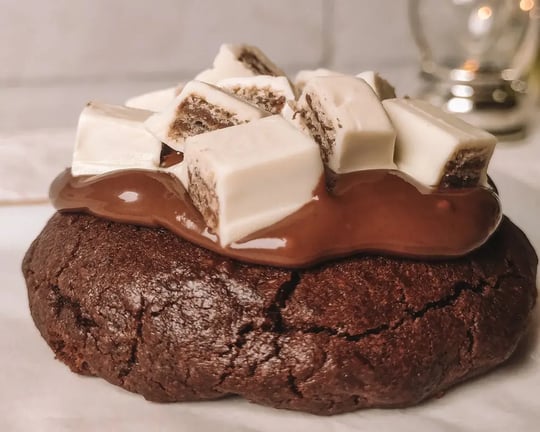
Cadbury Crispello bars, much like other crisp, chocolatey wafer bars, have a light wafer inside that gives a nice, clean snap when you bite into it. But once that wafer hits anything wet – cream, custard, mousse, even humid air – it starts to fall apart. In just a few minutes, the crispness can turn to mush. To keep it sharp and fresh, like you just snapped the bars from their packets, in your desserts, you need to be smart about how and when you use them. So here is a guide on how to go about using Crispello, especially in delicate desserts like panna cotta, which are quite wholesome on their own.
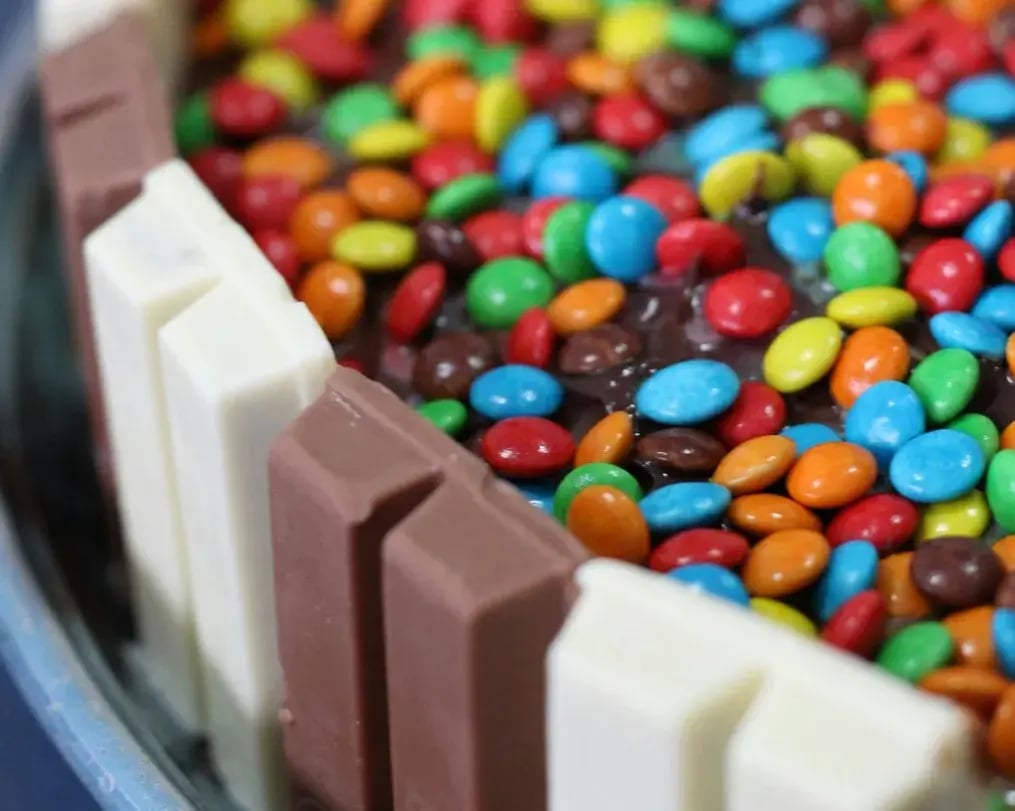
1. Don’t Mix It In
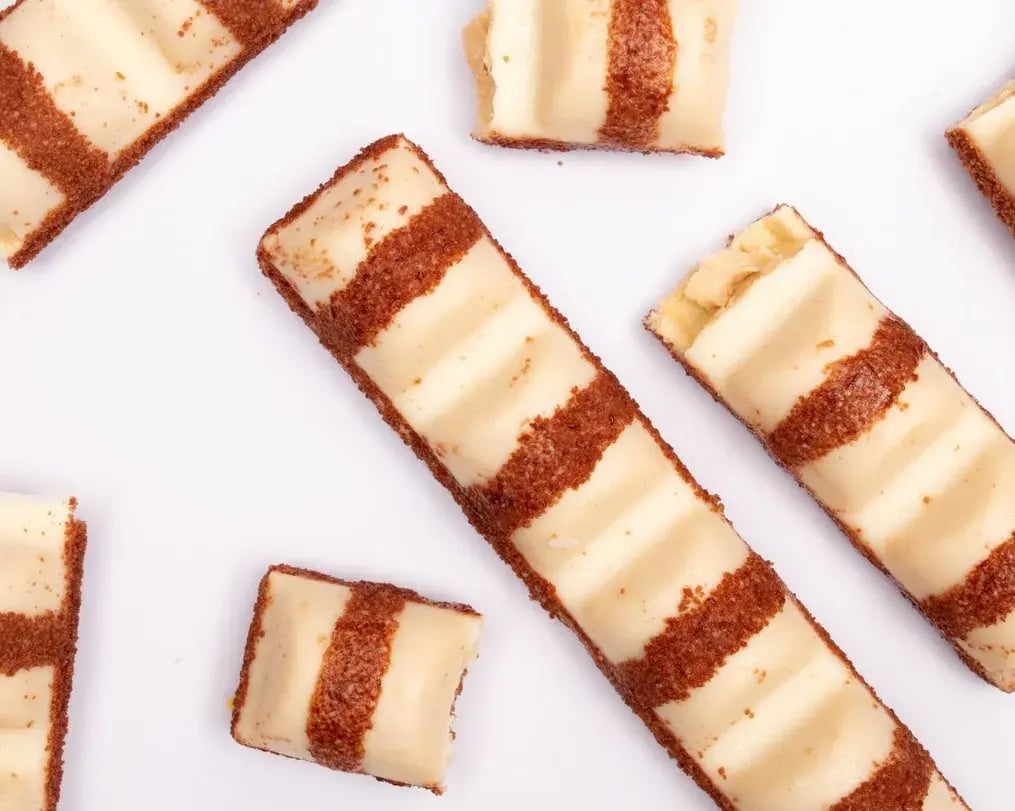
It might be tempting to chop Crispello and fold it into whipped cream or stir it into a mousse, but that’s a one-way ticket to soggy. The wafer can’t handle moisture, and the second it's in contact with anything soft or wet, it starts breaking down. Within 10 minutes, it loses its bite.
Keep it out of the mix. If your dessert needs time to chill or rest, save the Crispello for the very end. It’s best sprinkled on right before serving, or used as a top layer that doesn’t touch anything too wet. If it needs to be part of the dessert’s structure, find a dry spot, maybe between two firmer layers, where it’s protected.
2. Coat It First
Crispello bars, on its own, is fragile, but coating it in chocolate helps it survive longer. Chocolate creates a seal around the wafer, locking out moisture. Melt some chocolate (dark, milk, or white, your choice), toss in the chopped bars, spread it on parchment paper, and let it harden. Once cooled, it’s safe to add to desserts without it going limp.
This trick works well for layered or chilled desserts. Even if the bottom is soft, the chocolate shield buys you time. For even better results, stir in cornflakes, puffed rice, or chopped nuts when mixing. These dry ingredients add more crunch and soak up anything that might leak through later.
3. Use It As a Layer, Not a Sprinkle
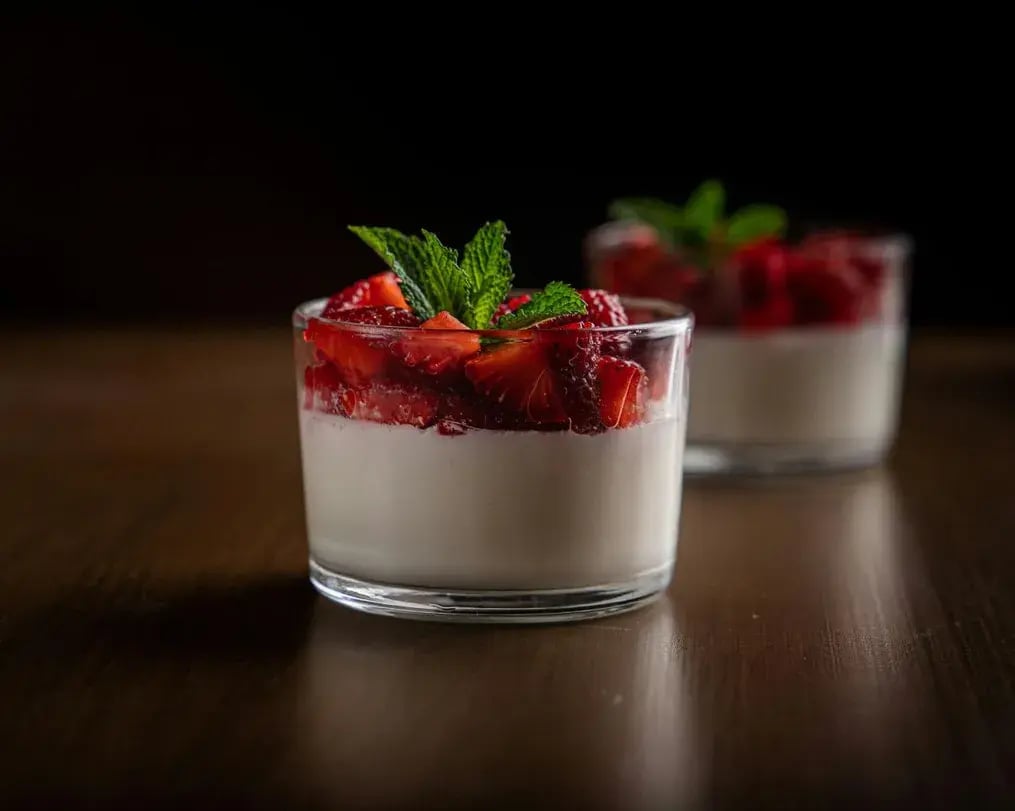
If you want people to notice the Crispello in your dessert, give it a real place. Don’t just crumble it on top like sugar dust. Make it a thin base layer, or a sheet that breaks when you press a spoon through. Spread your chocolate-coated mix flat on a tray, chill it, then snap off pieces and build with it.
You can also use silicone molds or cookie cutters to shape the pieces into rounds, sticks, or any form you like. Once the dessert is plated or in the glass, place your Crispello layer on top or wedge it in at an angle for something playful. It gives you something crunchy to break through without losing it in the rest of the dessert.
4. Handle the Fridge Carefully
Fridges are bad news for anything dry and crispy. They’re full of moisture, even if you don’t see it. If you stick Crispello in the fridge, especially uncovered or touching soft ingredients, the wafer will absorb water from the air and go soft. The coating won’t save it forever either.
If you’re prepping ahead, keep the Crispello bits in an airtight container with a paper towel or silica packet inside to catch stray moisture. Only bring them out when it’s time to serve. If your dessert has to chill, build everything except the crunchy parts, then add those just before bringing it to the table. That way, you retain the snap without the sogginess.
5. Let It Breathe Before Plating
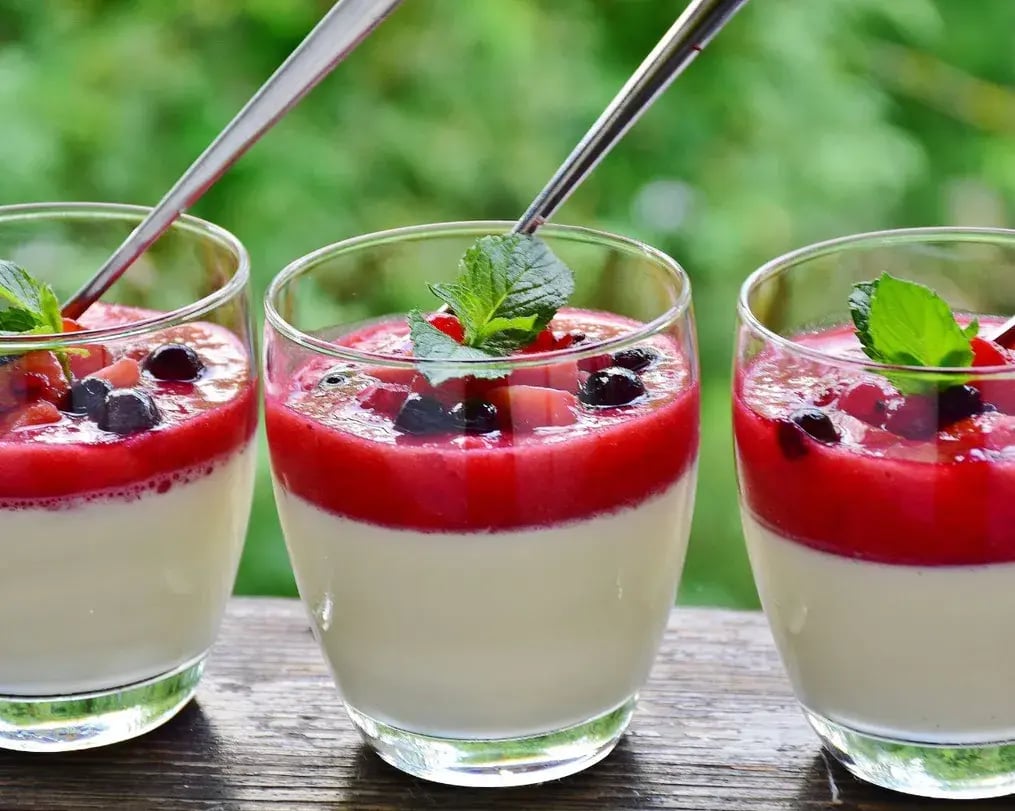
Pulling chocolate-covered Crispello from the fridge and tossing it onto a cold dessert might sound smart, but it’s a shortcut to condensation. When cold chocolate hits warmer air or sits on a soft dessert, moisture beads up, and those tiny drops soak into the wafer fast.
Instead, let it warm up on the counter for 5 to 10 minutes before adding. Just long enough to avoid condensation, but not so long that it starts melting. This step is easy to forget but makes a big difference in how long the crispiness lasts once it hits the plate.
Like This Article?
More Like This
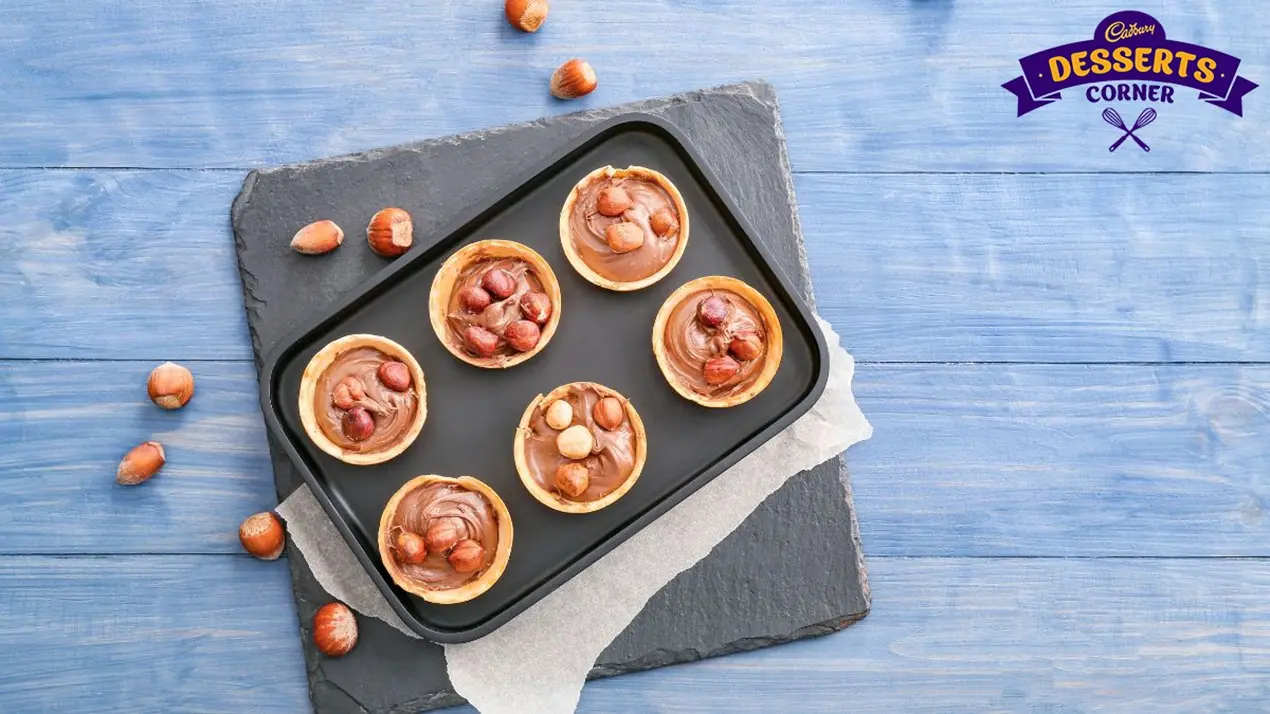



Popular Articles





Trending Web Stories
Curated Recipes


















